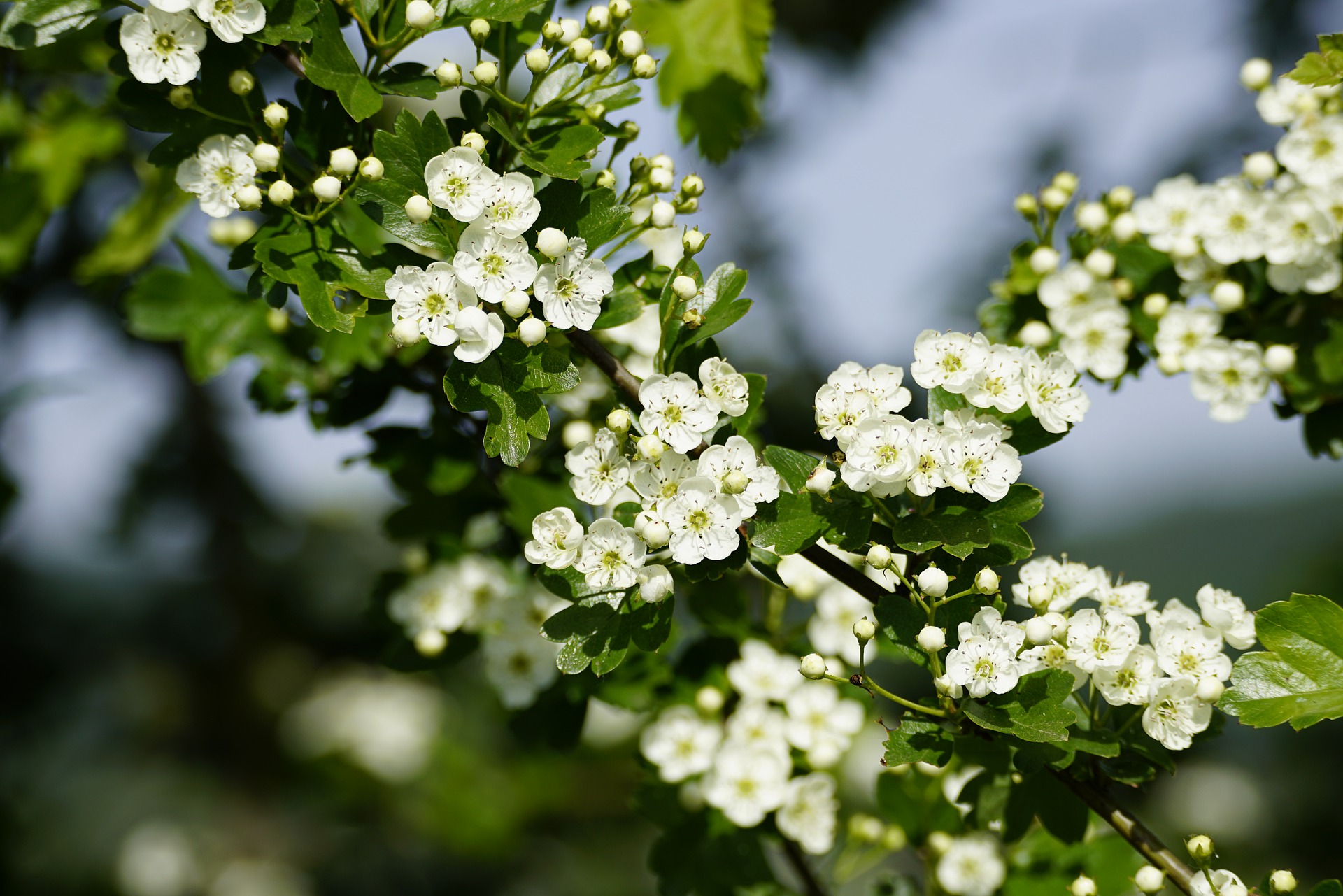Best Time To Plant Washington Hawthorne in Oklahoma

Introduction
Washington hawthorne is also called Crataegus phaenopyrum. It is a small deciduous tree known for its ornamental beauty and is widely appreciated for its attractive flowers, vibrant berries, and seasonal appeal. It’s native to the eastern United States. In late spring (May-June), it produces clusters of white or sometimes slightly pinkish flowers. Pollinators like bees and butterflies are attracted to the small flowers. The tree produces bright red haws in the fall, which persist through winter. Usually, in summer, the leaves look dark green, but in the fall, they turn into vibrant shades of orange, red, or purple, providing additional ornamental interest. They are often planted as a protective hedge or barrier. Washington hawthorne is a popular choice for urban landscaping due to its beauty.
Best Time to Plant Washington Hawthorne in Oklahoma
In Oklahoma, the first time I planted Washington hawthorne in late spring, my experience was not so good. The next time, I decided to plant them in early spring, and the idea worked. That time, I got the best result. From my experience, I recommend planting Washington hawthorne in early spring or late fall. Early spring or late winter offers cooler temperatures and more consistent rainfall, giving the tree time to establish its roots before the extreme heat of summer or the cold of winter.
Spring (March to early April)
If you plant Washington hawthorne in early spring, after the last frost, it allows the tree to begin growing and establishing its roots as the weather warms.
Fall (September to October)
You can plant in the fall, which gives the tree time to establish its root system before the winter chill, allowing it to take advantage of the cooler temperatures and moisture.
Time When You Should Not Plant Washington Hawthorne
Though spring and fall plantings are ideal, avoid planting during the hot summer months or the dead of winter. Planting in hot summer or the dead of winter must be avoided, as the tree may struggle to establish itself under those conditions.
Growing Washington Hawthorne
The Washington hawthorne is a deciduous tree known for its attractive white flowers, vibrant fall color, and red berries. They need low maintenance, so if you are a beginner, you can easily grow them. Here’s a guide on how to grow them:
- Planting Location: Select a spot with full sun to partial shade, as Washington hawthorns can thrive best in at least 6 hours of direct sunlight each day.
- Soil: Washington hawthorne thrives best in well-draining, moderately fertile soils. They perform best in slightly acidic to neutral pH but can tolerate a range of soil types.
- Space: Washington hawthorne can reach 15-30 feet in height, so you have to keep enough space for the tree to grow. Plant them at least 15 feet from structures, fences, or other large trees.
- How to Plant: First, dig a hole twice as wide as the root ball. Remember that the Washington hawthorne needs a hole no deeper than the root ball. Now place the tree in the hole and ensure the root collar is level with the soil surface. Finally, backfill with soil and water thoroughly after planting.
Washington Hawthorne Care
Watering: Once Washington hawthorns are established, they are somewhat drought-tolerant, but you have to ensure regular watering during the first few years. Regular watering is important to establish their roots.
New Trees: During dry periods, you have to water deeply once a week, especially in the first growing season. New trees need more water and care.
Established Trees: You have to water during periods of prolonged drought, but be careful about overwatering, which can lead to root rot. So, ensure the soil drains well.
Fertilizing: In early spring, fertilizing is very important. Fertilize with a balanced fertilizer if the soil lacks nutrients, but don’t fertilize in late fall. Fertilizing in late fall can discourage new growth and could lead to damage from frost. Over-fertilization can lead to excessive growth and reduce the tree’s natural form too.
Pruning: Late winter or early spring is the best time to prune Washington hawthorne. Start pruning before new growth begins. Remove any dead, damaged, or diseased branches, and thin out crowded branches. Pruning can improve airflow and reduce the risk of disease. Light pruning can help maintain a well-balanced shape and prevent overgrowth. Use caution, as hawthorns have sharp thorns.
Mulching: Mulching is very useful to conserve moisture, suppress weeds, and regulate soil temperature. Apply a 2-3 inch layer of mulch around the base of the tree. You must keep mulch away from the trunk to prevent rot.
Pest and Disease Management
Pests such as aphids, scales, and hawthorn borers are common. Diseases like rusts, fire blight, and leaf spot diseases can occur. To protect plants from pests, use insecticidal soap or horticultural oil, which can help control these. To prevent diseases, ensure you regularly inspect for signs of disease and remove infected leaves or branches. Proper spacing and good air circulation can help reduce disease risk.
Winter Care
You can easily grow Washington hawthorns in Oklahoma, as they are hardy in USDA zones 4-8 and can tolerate cold winters. In winter, mulch around the base of the tree in the fall. This can help protect roots from freezing and retain soil moisture.
Conclusion
If you follow all these guidelines, you’ll ensure that your Washington hawthorne grows strong, healthy, and provides seasonal beauty to your landscape.
